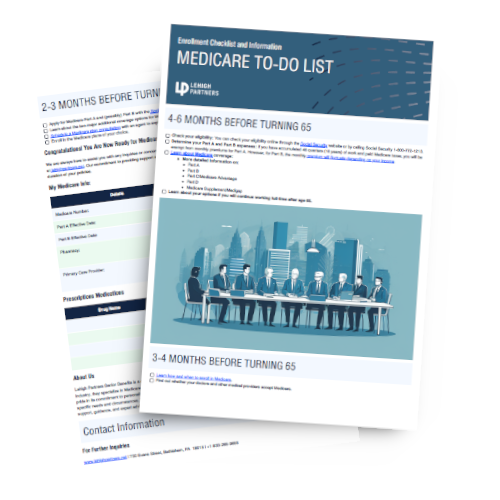Helpful strategies to avoid, identify and solve Medicare coverage problems and issues.
1. Learn Medicare Coverage rules.
You do not need to know all of Medicare's coverage rules, but before getting a service, check to make sure Medicare covers it and if there are any steps you must take to receive it. If Medicare or your Medicare Advantage Plan does not cover a service, it may be because you did not follow or meet coverage rules. For example, some Medicare Advantage Plans require a referral from a primary care physician before they will cover a visit to a specialist. In other cases, Medicare only covers certain preventive screenings if you meet the criteria. To learn about Original Medicare's coverage of a needed service, call 1-800-MEDICARE (1-800-633-4227). TTY users can call 1-8770486-2048 or visit Medicare.gov, read the relevant sections of your Medicare & You handbook, or speak with your provider. To learn about how your Medicare Advantage Plan covers a service, call your plan or read your plan's handbook.
2. Understand Your Medicare Notices.
The Medicare Summary Notice, or MSN, is a document sent to people with Original Medicare. It is a summary of health care services and items you have received. If you have a Medicare Advantage Plan or Part D Prescription Drug Plan, you receive an Explanation of Benefits, or EOB. An EOB is similarly a summary of services and items that you have received. MSNs are mailed quarterly, while EOBs are usually sent monthly, unless your plan was not billed for any services during that time. Both MSNs and EOBs show the amount that Medicare or your private plan was billed, the amount that they paid, and the amount that you are responsible for. Neither an MSN nor an EOB is a bill. If you disagree with a noncovered charge, you can decide to file an appeal.
If you have a Medicare Advantage Plan or a Part D Prescription Drug Plan, you should also receive a notice called an Annual Notice of Change, or ANOC, and Evidence of Coverage, or EOC. Your plan should send you these notices by September 30th of each year. Review these notices for any changes in the plan's costs, benefits, network of providers, covered drugs, and rules for the upcoming year. If you are dissatisfied with any upcoming changes, you can make changes to your coverage during the Annual Enrollment Period from October 15th to December 7th of each year.
If you are enrolled in a prescription drug Plan through an employer, you should receive a notice from your employer or plan around September of each year, informing you if your drug coverage is creditable. Keep these notices of creditable coverage each year. If you decide to enroll in a Part D Prescription Drug Plan in the future, you may need these notices as proof that you had credible coverage and should not have a Part D Prescription Drug Plan late enrollment penalty.
3. Know Who to Contact When Issues Arise.
There are a few different agencies you can contact, depending on your issue or question. Contact the Social Security Administration, or SSA, for Medicare Part A and B enrollment and premium issues, or to update your address and contact information. Go to Medicare's website or call 1-800-MEDICARE (1-800-633-4227) TTY users can call 1-877-486-2048 for most other matters. For example, contact Medicare to check the status of your Part A or B claims, you can contact either SSA or Medicare to request a replacement Medicare card. If you have a Medicare Advantage Plan or Part D prescription Drug Plan, you should con tact your plan directly to learn about its coverage rules and costs, which may differ from those of Original Medicare. Also contact your plan to appeal a coverage decision or to file a grievance, which is a formal complaint usually about poor customer service or administrative errors.

